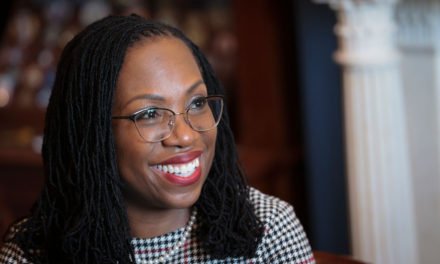
I have written here before about the ways in which social class can be like an elephant in the room of diversity and inclusion work. What I’ve written before was largely about how social class is an important dimension of diversity—up there with race, gender, sexual orientation and all of the other “typical” distinguishing markers—even though it’s not always included with the same degree of complexity or explicitness. But my previous post focused mostly on why more inclusion of social class was important from the perspective of organizations and organizational leaders. In this post, I want to share a more “micro” perspective on why social class is an important marker of cultural identities on the personal level.
I have been reminded recently, through several personal encounters, of how deeply our place in the economic order shapes our identities, relationships, and experience at work. These conversations around social class have been especially poignant because the ways in which social class shapes us is often be hard to see, and even harder to describe or pinpoint. In fact, one of the metaphors we often use to describe the complexities of culture is the image of a fish in a fishbowl. Culture, like a fishbowl, is the collection of water that makes up the worlds we swim in everyday. In our work of cultural competency training we often challenge folks to think about their cultural identity—or to describe what the waters of their fishbowls are made of, feel like, and how they move about them. When I share my own cultural identity, I often share about growing up in a working/middle class family and all of the ways that has shaped me. Both of my parents had full-time, middle class jobs, for as long as I can remember. My father was a “blue-collar” cable installer before moving into management later in life and my mother, was a “pink collar” executive assistant—both modeling a strong work ethic and commitment to one’s profession.
What I find continuously fascinating is how all of the working class cultural “stuff” from my fishbowl that I share resonates with people—either as common ground they can relate to or as a marker of diversity they’ve never thought of before. And as someone who continuously thinks about the complexities of my cultural identity, I too still learn new things from my past that are illuminating. Just last week, I read an article How to Report to a Woman If You’re a Man, where the author describes the relational dynamics of male employees with female bosses. Many of the examples and data from research demonstrate that men—especially those with less experience with reporting to women in authority—harbor gender biases that negatively impact their productivity and shape their interactions with a female leader. Of course, I’m susceptible to many of the same biases and micro-aggressions, but after reading the article I wondered if these tendencies would be as strong for me growing up with a working professional mom with lots of working professional female friends?
Here some other recent examples that have been enlightening to how class shapes our experience at work. I was working with a client recently that had a large population of male leaders who had transitioned from blue-collar work into more white-collar management and I couldn’t help but think about my father, who followed a similar career trajectory. When I listened to their explanations of what “real work” looked like from their cultural lens—hard, grueling, manual, etc.–it brought back memories from my dad’s blue collar background of manual labor and the somewhat uneasy transition into an office as a manager. A high-school friend of mine recently shared about a similar transition and how out of place he sometimes feels working in a hospital after a long stint as a brick mason. He described having co-workers who generally had more education and white-collar experience, and how he continuously finds himself “googling” new words he hears in casual conversation. Similarly, another friend of mine, who was recently promoted from a construction sales-rep to the regional manager, was scolded on a business trip at an upscale restaurant with clients for confusing the proper fork at the dinner table.
All of these examples illustrate the more micro ways that our fishbowls shape us and how the water of the new fishbowls we find ourselves in can be murky until we they become more familiar. They also point to the ways that social class works to shape our beliefs, values and behaviors in ways similar to other diversity dimensions. Economists use the labels of blue, white and pink-collar work as useful descriptors to distinguish between different types of labor. But the reality is that many people may be wearing a collar that they are still uncomfortable in, or feel doesn’t quite fit: having blue-collar sensibilities with a white-collar title or white-collar background in a pink-collar industry. These clashes of the collars are what make up part of the challenge and opportunity for diversity and inclusion work. Thinking deeply about social class as a diversity dimension is not only useful for enhancing ones cultural competence, but is increasingly becoming an organizational imperative with the growth of social inequality in industries across the globe.

















